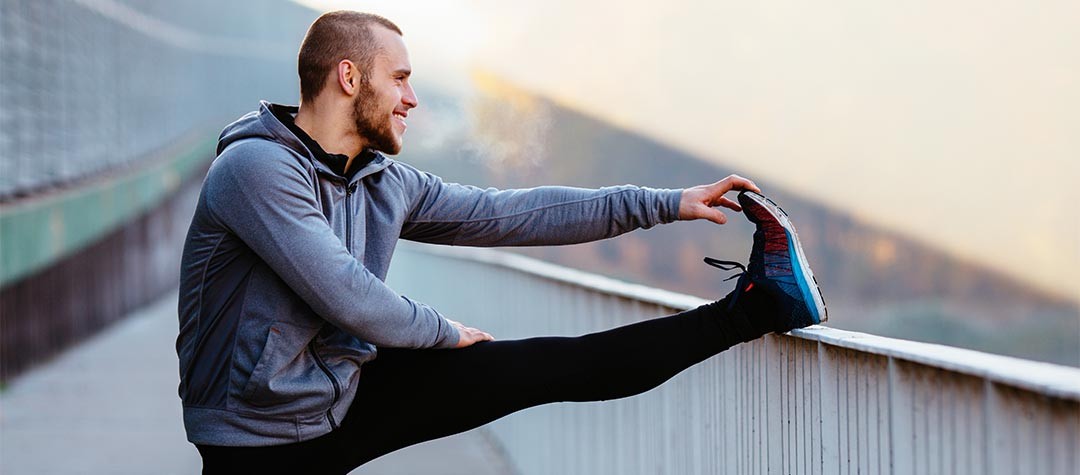Running has over time generated a number of myths and popular misconceptions. From stretching pre-run to short-term carb-loading, here are some common running myths that you should largely ignore.
1. You should stretch before a run
Static stretching is generally not considered the best way to prepare for a run, and could impact on your performance and increase your injury risk. Stretching cold muscles (much like an old elastic band you might find in the cupboard) is likely to strain and cause damage. Instead of static stretching, do some gentle cardio activity as a warm up , such as walking or a slow jog. This will warm up the muscles more effectively and safely than static stretches.
2. Skipping training is always a bad thing
Skipping a day or two of training is not the disaster you might think it is, and there’s certainly no need to panic. In fact, taking a few days out might just be what your body needs, after all rest is considered a vitally important element of training. It is during the recovery phase that your muscles adapt and strengthen. Once you have done the hard work and achieved a certain level of fitness, your fitness can easily be maintained, which means an extra day of rest here and there is not going to be a bad thing. Sometimes just listening to your body can be the best way of deciding whether to run or not.
3. Running is bad for your joints
It’s a commonly said that running is bad for your joints. Yes, runners can suffer injuries to their joints, but research has found that running actually reduces the risk of osteoarthritis in the long term. Research carried out by Benjamin Ebert, M.D, suggested that the body adapts to the impact of running and it is this adaptation by the muscles and joints that actually helps delay or prevent the onset of osteoarthritis.
4. Running shoes just need breaking in
While we always tell you to break in your running shoes before using them in a race, this will not change the true long-term comfort of the shoes. If you’re trying out some running shoes at a store and they arel uncomfortable, then it’s very likely they will remain uncomfortable and it’s not just a case of ‘breaking them in’. The shoes right for you should be comfortable straightaway.
5. Just focus on running
Running may well be your passion, but it shouldn’t form the basis of your entire fitness regime. In order to attempt to remain injury-free and become a more rounded athlete then adding some strength training into your routine will help. As well as strength training, you could also introduce other forms of cardio exercise such as swimming, cycling and skipping in order to mix it up a bit.
6. Carbo-loading is essential
Carbo-loading has a limits and it doesn’t have to be all about stuffing your face the night before your race.
Unless you are doing a half marathon or further then carbo-loading is not necessary. Research published in the European Journal of Applied Physiology and Occupational Physiology suggested that the best way of loading up on carbohydrates is to integrate them into your daily diet over a period of weeks. This means gradually increasing the daily amount of carbs you are eating in the weeks leading up to the race, rather than just gorging on them the night before.
7. Everyone can run a marathon
It’s often said that anyone can run a marathon, and while it is true that most people would be able to get round (possibly combined with some walking), running one in a respectable time may be beyond some people’s capabilities, no matter how much they train, because of their genetic makeup. A study by researchers at Loughborough University found that around one fifth of people do not have the right genetic mix to be able to train effectively for a marathon. People in this category were found to have trouble with training due to their muscles being unable to effectively extract oxygen.














